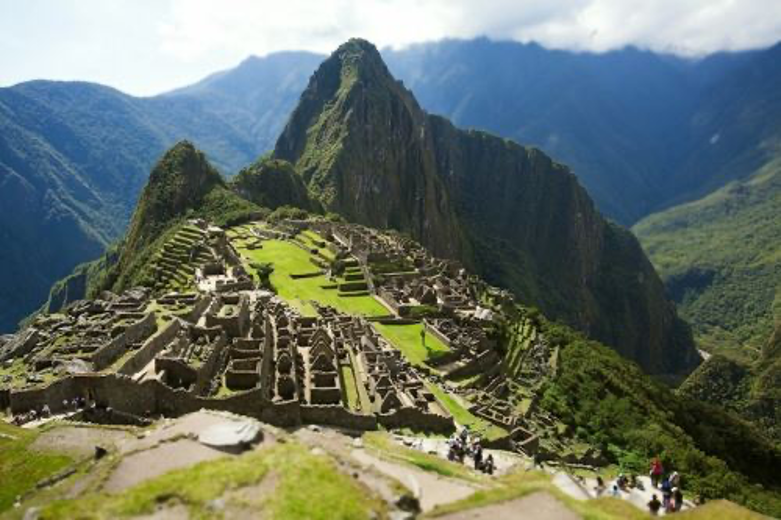
The Historic Sanctuary of Machupicchu, declared a world heritage site by UNESCO and which houses the formidable Inca citadel that is one of the New Seven Wonders of the World, today celebrates 41 years as a natural area protected by the Peruvian State.
Created on January 8, 1981, the Historic Sanctuary is located in the Machupicchu district of Urubamba Province (Cusco region). It covers an area of 32,592 ha.
The place is internationally recognized for its impressive Inca archaeological complexes, as well as the archaeological sites and monuments of high historical-cultural value.
Moreover, the sanctuary has an important environmental value, including wooded areas, steep mountains, and snow-capped peaks.
The area lies in a transition zone between the Andean and Amazonian regions and is part of a narrow strip of transition between both ecosystems. In addition, a terrain of abrupt relief and steep slopes predominates.
The Historic Sanctuary is situated in an area of exceptional geographical characteristics ranging from snowy peaks above 6,000 m.a.s.l. to the most humid and hottest area of Urubamba River, which divides the sanctuary in two by forming the Torontoy Canyon under 2,000 m.a.s.l.
In addition to this exceptional natural setting, one can find the one-of-a-kind archaeological jewel of Machupicchu, which was declared a Mixed World Heritage site (which means both a natural and cultural site) by the United Nations Educational, Scientific and Cultural Organization (UNESCO) on December 9, 1983.
Machupicchu is Peru’s most popular tourist attraction, a World Heritage site, and one of the New Seven Wonders of the World.